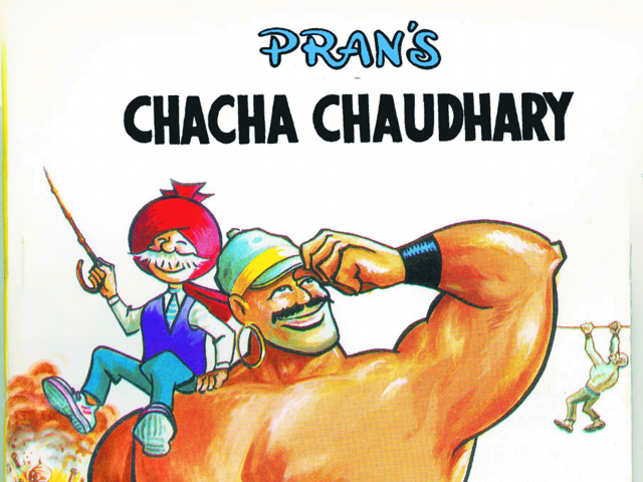
MUMBAI: Toonz Media Group has partnered with Padma Shri cartoonist Pran Kumar Sharma’s Pran's Features to bring alive on screens Indian comic book ‘Chacha Chaudhary’ in the form on an animated series.
Toonz will also be the worldwide distribution company of Chacha Choudhary series with ‘Zamoza Brands’ on board to handle licensing and merchandising rights.
The series will be in English with 26 episodes of 22 minutes each, which will be broadcast in national and international platforms.
Comments
Post a Comment